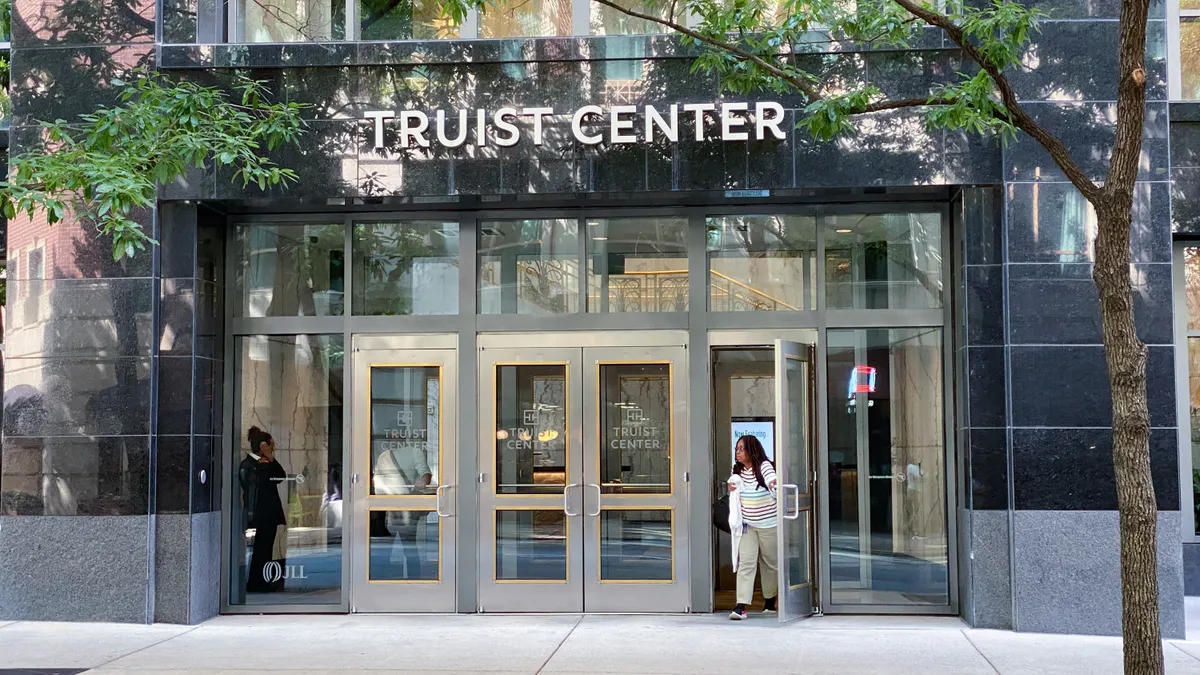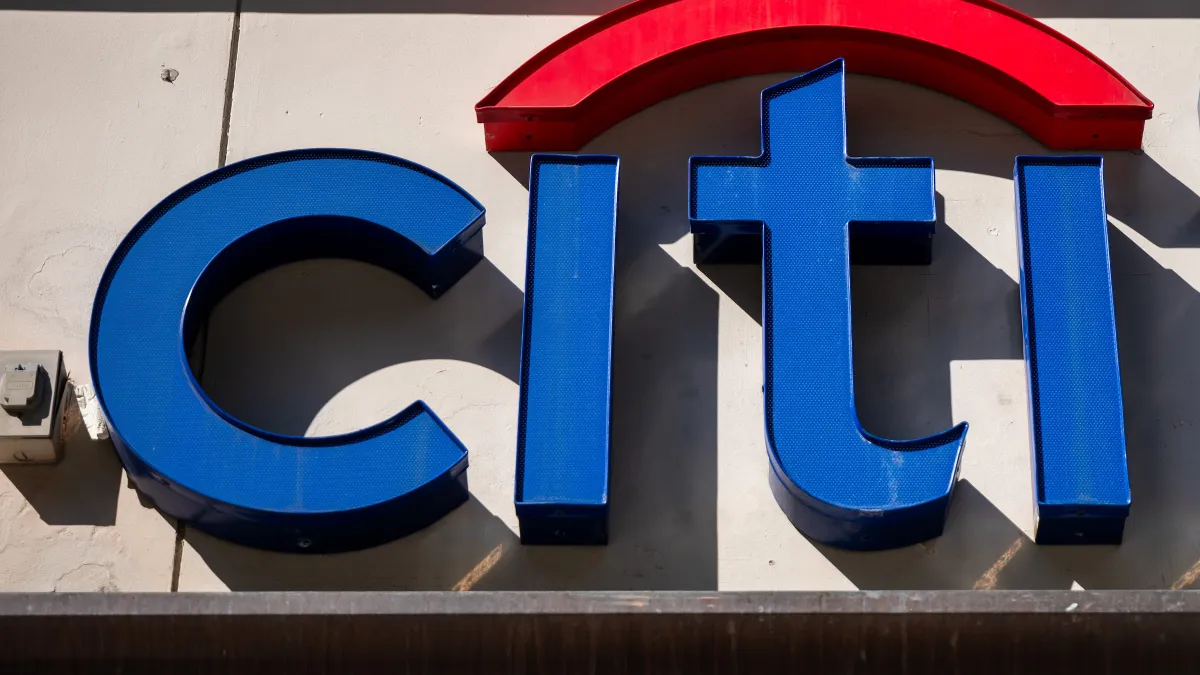For Stripe, the billion-dollar payments company that scored a $95 billion valuation this month — the highest ever for a Silicon Valley company — anticipation for a go-public strategy is on the rise.
Investment bankers will be courting Stripe management pitching initial public offering (IPO) ideas. Investors will be anxious to know when and how it might happen. And the impulse to cash in at top valuations will swell with each day U.S. stocks reach new highs.
A strong business like Stripe, which has built its payments and internet tools company into an e-commerce juggernaut over the past decade, has options for going public. A direct listing of stock, a traditional IPO, or a special purpose acquisition company (SPAC) are all possibilities. With dual headquarters in San Francisco and Dublin, the company also has geographic choices: a European sale or one in the U.S. markets.
Public options
"So much money has gone into Stripe and the market is so hot right now, there will definitely be a drumbeat to get liquidity," said Matt McCall, a partner with Pritzker Group Venture Capital. McCall's firm isn't invested in Stripe, but it has invested in other companies in the payments arena, including cryptocurrency exchange Coinbase.
The path Stripe chooses will play a role in determining how much capital it has available for its expansion plans. CEO Patrick Collison has said he wants his company's services to be available in 175 countries, according to CB Insights, up from 42 today (the latest new capital is aimed at European expansion). Aside from shaping its own future, how effectively Stripe capitalizes itself and expands will have implications for a host of competitors, from stalwarts like PayPal to newer peers such as Marqeta that are aggressively driving into the same turf.
With its well-known brand and big customer base, Stripe will have its pick of options, McCall said, adding that he thinks Stripe will choose a direct listing of stock sometime within the next year — the route chosen by other high-profile tech companies like Coinbase and Swedish music streaming company Spotify.
"I'm guessing the current round was raised to give them the war chest to give them that option," McCall said of a direct listing. Even if Stripe isn't a household name, it "could do a direct listing because they power the names that everyone knows." Internet search company Google, retailer Target, ride-hailing company Uber and guitar-maker Fender are among Stripe's customers.
And under new rules for direct listing, a company can now even raise more capital by selling newly issued shares too, without a banker acting as an underwriter, McCall said. Stripe doesn't need the exposure of a traditional IPO roadshow with expensive investment bankers, and a SPAC isn't as beneficial for investors, especially for a company that has already grown as much as Stripe, he said.
The company's game-changing payments innovation was to create simple coding that merchants could easily incorporate into their online platforms and count on to work consistently, McCall said.
The close of Stripe's latest round of fundraising this month handed it another $600 million in capital and its latest lofty valuation. It also added to a growing list of investors that includes marquee names like Tesla founder Elon Musk and PayPal co-founder Peter Thiel, as well as a host of venture capital firms, including Andreessen Horowitz, Tiger Global Management and Sequoia Capital.
Collison and his co-founding brother John will be conscious of investor demands and will look to preserve their gains. They didn't respond to an email seeking comment.
Private funding opportunities
With the private markets flush, Stripe could ostensibly remain private. This month's fundraising round was its 15th, according to research firm Pitchbook, underscoring the company's ability to tap the private markets. Nonetheless, Stripe's owners and management must evaluate go-public versus stay-private options to get the most bang for their buck, said Mark Fields, a partner at San Francisco-based venture capital firm Alsop Louie Partners.
"Valuations are at pretty high levels, so I would be seriously surprised if they're not considering the public markets right now," Fields said. "Payments are red hot."
While Fields believes Stripe might favor a European listing, given its current European expansion, McCall predicts Stripe will opt for the deeper more liquid U.S. market. Either way, the company can easily tap public investors in the other continent too.
His firm isn't an investor in Stripe but has invested in other payments companies, including Fremont, California-based Baton Systems.
While Stripe touts its reach, it has released few details on its revenue or profits. Taking the company public would require it to release a lot more information, subject it to increased regulatory scrutiny, and add lots of compliance expense. So those will be considerations, too.
"While Stripe already processes hundreds of billions of dollars per year for millions of businesses worldwide, the opportunity ahead is much larger for Stripe than it was when the company was started 10 years ago," Stripe CFO Dhivya Suryadevara said in the company's recent statement on its fundraising.
How the Collison brothers and their management team continue to fund that future remains an open question, and the payments ecosystem is primed for an answer sometime soon.




















